Series on Navigating Sticky Employee Conversations
Part 1 - Don't be afraid to talk about why you have high expectations
Hey friends, a very common reason that many leaders resist the necessary level of engagement to develop their team is fear. I know I’ve experienced this and I’m betting if you’re reading this, you have too. There is the fear of awkward conversations, fear of not knowing what to say, or fear of someone complaining and you not knowing how to resolve something. Let’s be honest, avoiding potentially difficult conversations doesn’t actually make problems go away, it often leads to them building into bigger problems. We call these sticky conversations because they can be challenging to navigate and are often emotionally charged so they tend to "stick" in the minds of both employers and employees because of their potential impact on relationships, team dynamics, and workplace culture.
We do know it will take more than just a pep talk to get you over some of the potential fears you have regarding difficult or awkward conversation. While we can’t teach you everything in this blog, visit our course Foundations for Team Culture if you’d like ALL the information, we DO want to arm you with four great tools for engaging and growing with your team through this series. These tools can be applied in lots of different scenarios, and be used by both you and anyone else helping to lead your organization.
Tool 1: Don’t be afraid to talk about WHY you have high expectations.
It’s not unusual for people to feel overwhelmed and scared about having to do something hard. I’ll share that the best kind of relationship to have with someone you are leading is to be their coach. Make sure THEY understand your role as a coach as well. Your job is not to do everything for them so they never feel challenged. Your job is to grow them and develop them, and you can’t do that without pushing them to try hard things. The rule here is “don’t do for someone what they can do for themselves.” It’s doing a disservice to them. So how do you help them understand why you’re doing that when you’re doing that?
Storytelling is a great way to paint a picture to help someone better understand something. So next time you’re in a scenario in which a team member is frustrated by your expectations, try this. “Jenny, I want you to tell me about the best teacher you ever had. Now, that may or may not have been your favorite teacher, but your BEST teacher.”
Then let them proceed to tell you about that influential teacher in their life. Once they are done describing, ask this question: “So, were they the best teacher because they were easy and never made you do anything new or hard, or were they the best teacher because they believed in you enough to have high expectations and encourage you to reach them?” They’ll know the answer and that will connect them to the current scenario that may seem challenging to them.
Conclude by reminding them it’s your responsibility to grow them, saying “I know I set high expectations, and I do that because I believe in you and know you can achieve them.” Another way to phrase this is “the least kind thing I can do is lower my expectations to make you feel better.”
The first time you lead someone in this way might feel different to you, but you’ll soon recognize that individuals will rise, perform better, and eventually as they understand the goal of professional development more and more, they will actually start coming to you for true GUIDANCE in solving a problem on their own rather than pushing back against a high expectation. You’ll very quickly start to see that developing your team is a healthier way for both them and for you to solve problems.
Be sure to check back for the next
blog in this series, about how you can’t manage feelings, you can only manage behaviors.









